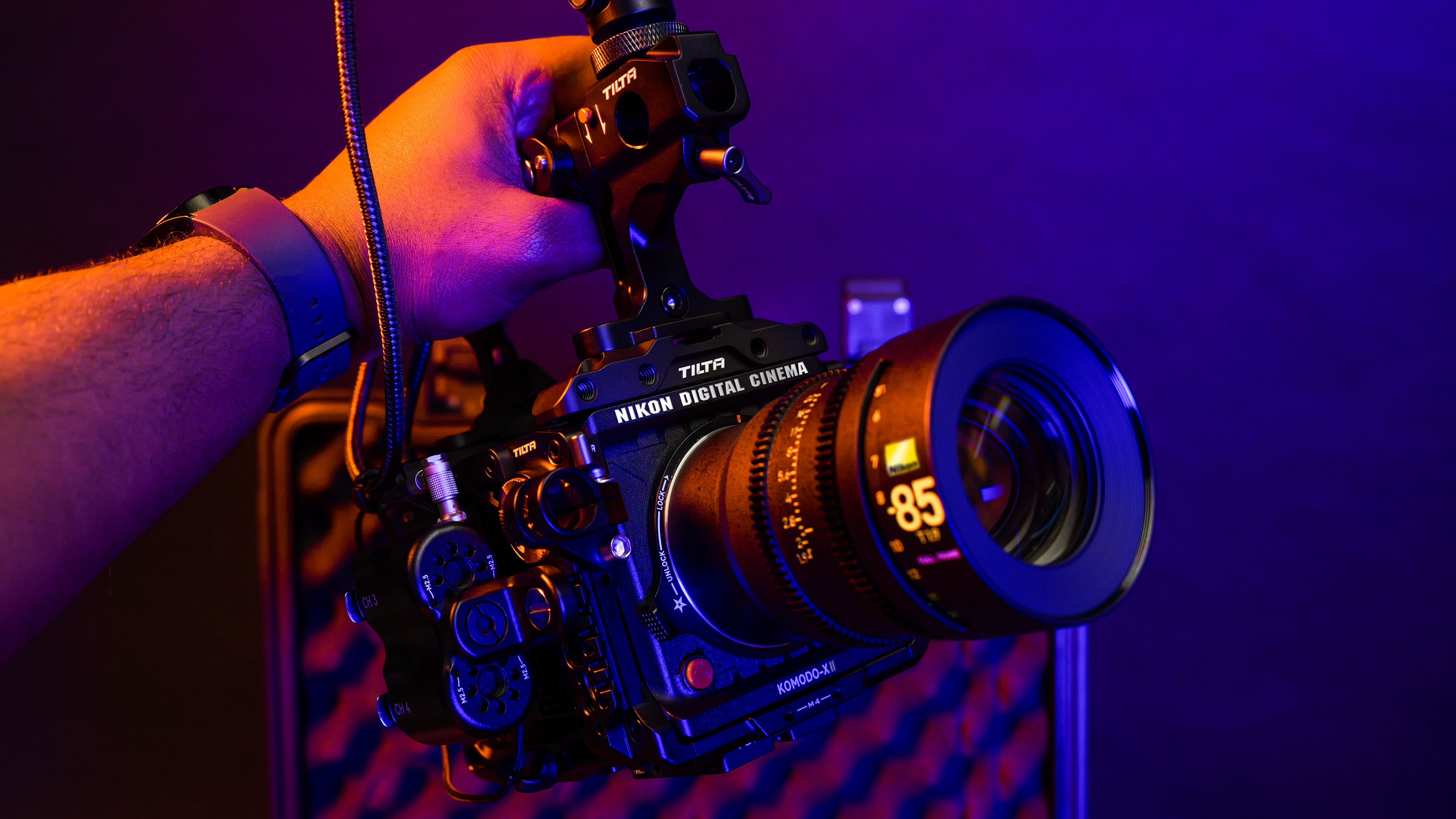
By now, the dust has settled on the monumental announcement made by Nikon that it was set to become the sole owner of rogue camera brand RED Digital Cinema. After years of vying for hybrid camera supremacy and struggling to overcome Sony’s sustained dominance, as well as the resurgence of competitors such as Canon and Panasonic’s Lumix, Nikon seems to have chosen a nuclear option in a bid to turn the tide.
People paying attention to camera world news would have already been wowed by the news that RED had just launched the world’s first commercially available large format global shutter camera, in the form of the RED V-Raptor X. So it was even crazier when the announcement came through shortly after that the company’s founder James Jannard and current company president Jarred Land were selling up and cashing out.
With RED set to become a wholly-owned subsidiary of Nikon, could Canon’s fiercest rival finally get a significant upper hand and push it to the brink? Let’s get into it.
Details of the proposed takeover are still thin on the ground, with both companies releasing carefully worded and intentionally vague statements that suggest it’s business as usual for the time being. And we may be able to take Nikon at their word. After all the buzz around Nikon’s last notable acquisition of Mark Roberts Motion Control (MRMC) back in 2017, some speculated that we’d see robo-cameras from Nikon flooding the market. But that never materialized. MRMC is still operating under its own name and is still based in Sussex, UK, where its award-winning robotic arms are designed and made.
So there is precedent for Nikon operating solely as a parent company and not interfering overtly in the affairs of an established and popular tech brand under its stable. The smart money would suggest Nikon’s purchase of RED allows it to enhance its own cameras with proprietary RED tech and know-how, while boosting RED using Nikon’s strengths, such as market scalability, AF and stabilization. With Nikon’s impeccable legacy as a lens producer, could we see an updated range of RED cine lenses, for example?
A pragmatic approach would surely strengthen both houses. Aggressively taking over and diluting or even deleting the RED brand would be destroying one of the key things of value that RED has that Nikon doesn’t; tangible credibility among existing and aspiring filmmakers that has long evaded them.
However, if Nikon were to take a more combative approach, it could throw its legacy rival Canon into deep water by removing native RF lens compatibility from future RED cameras. RED only began paying to licence Canon’s proprietary mount for its cameras back in 2019, which was undoubtedly a boost for the brand. But the short life span means that cinema camera operators are generally not so heavily invested in Canon RF glass as to make a switch to Nikon’s Z-mount untenable.
Get the Digital Camera World Newsletter
The best camera deals, reviews, product advice, and unmissable photography news, direct to your inbox!
For some of us, particularly those who typically prefer PL-mount lenses anyway, it may mean buying a new lens-mount adapter. But for Canon, it could be a devastating blow to lose a marquee customer, with companies like Panasonic, Leica, Sigma and Blackmagic continuing to bolster the adoption of another alternative, L-mount. Canon’s proprietary fixing would be isolated and dependent entirely on Canon camera body sales. Could abandoning the RF mount be the straw that broke the Canon’s back? We live in interesting times.
My hope is that this bold power play from Nikon continues to increase competition among the manufacturers, keeping everyone on their toes and discouraging them from holding back when it comes to new releases. What a time to be a creator!
Jon is a gadget reviewer, content creator and influencer. He spends his time reviewing products, covering technology news, giving talks on content strategy and creating content in partnership with a wide variety of forward-thinking brands. He also contributes to commercial radio, as well as in national print newspapers and magazines.

